Transcription of THE CRIMINAL PROCEDURE RULES PART 59 - Justice
1 The CRIMINAL PROCEDURE RULES part 59 as in force on 7 October 2013 part 59 proceeds OF crime ACT 2002: RULES APPLICABLE ONLY TO RESTRAINT PROCEEDINGS Contents of this part Application for restraint order or ancillary order rule Restraint and ancillary orders rule Application for discharge or variation of restraint or ancillary order by a person affected by the order rule Application for variation of restraint or ancillary order by the person who applied for the order rule Application for discharge of restraint or ancillary order by the person who applied for the order rule Application to punish for contempt of court rule Application for restraint order or ancillary
2 Order (1) This rule applies where the prosecutor, or an accredited financial investigator, makes an application under section 42 of the proceeds of crime Act 2002(a) for (a) a restraint order, under section 41(1) of the 2002 Act; or (b) an ancillary order, under section 41(7) of that Act, for the purpose of ensuring that a restraint order is effective. (2) The application may be made without notice if the application is urgent or if there are reasonable grounds for believing that giving notice would cause the dissipation of realisable property which is the subject of the application.
3 (3) An application for a restraint order must be in writing and supported by a witness statement which must (a) give the grounds for the application; (b) to the best of the witness ability, give full details of the realisable property in respect of which the applicant is seeking the order and specify the person holding that realisable property; (c) include the proposed terms of the order. (4) An application for an ancillary order must be in writing and supported by a witness statement which must (a) give the grounds for, and full details of, the application; (b) include, if appropriate (i) any request for an order for disclosure of documents to which rule applies ( RULES applicable to restraint and receivership proceedings: disclosure and inspection of documents), (ii) the identity of any person whom the applicant wants the court to examine about the extent or whereabouts of realisable property, (iii) a list of the main questions that the applicant wants to ask any such person, and (iv) a list of any documents to which the applicant wants to refer such a person.
4 And (a) 2002 c. 29; section 42 was amended by sections 74(2) and 92 of, and paragraphs 1 and 23 of Schedule 8, and Schedule 14 to, the Serious crime Act 2007 (c. 27). Crown copyright 1 The CRIMINAL PROCEDURE RULES part 59 as in force on 7 October 2013 (c) include the proposed terms of the order. (5) An application for a restraint order and an application for an ancillary order may (but need not) be made at the same time and contained in the same documents.
5 (6) An application by an accredited financial investigator must include a statement that, under section 68 of the 2002 Act(a), the applicant has authority to apply. Restraint and ancillary orders (1) The Crown Court may make a restraint order subject to exceptions, including, but not limited to, exceptions for reasonable living expenses and reasonable legal expenses, and for the purpose of enabling any person to carry on any trade, business or occupation. (2) But the Crown Court must not make an exception for legal expenses where this is prohibited by section 41(4) of the proceeds of crime Act 2002.
6 (3) An exception to a restraint order may be made subject to conditions. (4) The Crown Court must not require the applicant for a restraint order to give any undertaking relating to damages sustained as a result of the restraint order by a person who is prohibited from dealing with realisable property by the restraint order. (5) The Crown Court may require the applicant for a restraint order to give an undertaking to pay the reasonable expenses of any person, other than a person who is prohibited from dealing with realisable property by the restraint order, which are incurred in complying with the restraint order.
7 (6) An order must include a statement that disobedience of the order, either by a person to whom the order is addressed, or by another person, may be contempt of court and the order must include details of the possible consequences of being held in contempt of court. (7) Unless the Crown Court otherwise directs, an order made without notice has effect until the court makes an order varying or discharging it. (8) The applicant for an order must (a) serve copies of the order and of the witness statement made in support of the application on the defendant and any person who is prohibited by the order from dealing with realisable property; and (b) notify any person whom the applicant knows to be affected by the order of its terms.
8 Application for discharge or variation of restraint or ancillary order by a person affected by the order (1) This rule applies where a person affected by a restraint order makes an application to the Crown Court under section 42(3) of the proceeds of crime Act 2002 to discharge or vary the restraint order or any ancillary order made under section 41(7) of the Act. (2) The application must be in writing and may be supported by a witness statement. (3) The application and any witness statement must be lodged with the Crown Court. (4) The application and any witness statement must be served on the person who applied for the restraint order and any person who is prohibited from dealing with realisable property by the restraint order (if he is not the person making the application) at least two days before the date fixed by the court for hearing the application, unless the Crown Court specifies a shorter period.
9 Application for variation of restraint or ancillary order by the person who applied for the order (1) This rule applies where the applicant for a restraint order makes an application under section 42(3) of the proceeds of crime Act 2002 to the Crown Court to vary the restraint order or (a) 2002 c. 29; section 68 was amended by section 50 of the Commissioners for Revenue and Customs Act 2005 (c. 11). Crown copyright 2 The CRIMINAL PROCEDURE RULES part 59 as in force on 7 October 2013 any ancillary order made under section 41(7) of the 2002 Act (including where the court has already made a restraint order and the applicant is seeking to vary the order in order to restrain further realisable property).
10 (2) The application may be made without notice if the application is urgent or if there are reasonable grounds for believing that giving notice would cause the dissipation of realisable property which is the subject of the application. (3) The application must be in writing and must be supported by a witness statement which must (a) give the grounds for the application; (b) where the application is for the inclusion of further realisable property in a restraint order give full details, to the best of the witness s ability, of the realisable property in respect of which the applicant is seeking the order and specify the person holding that realisable property.
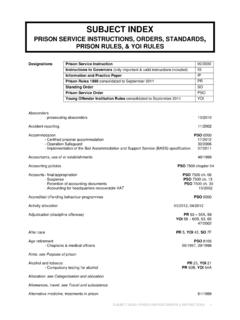
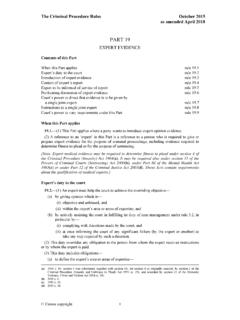
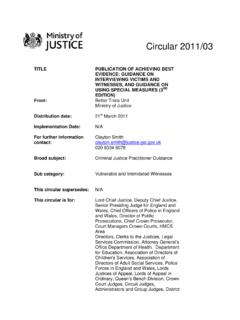
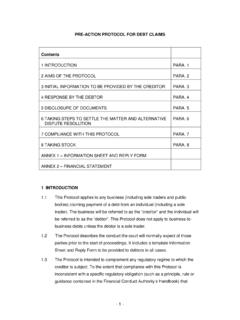
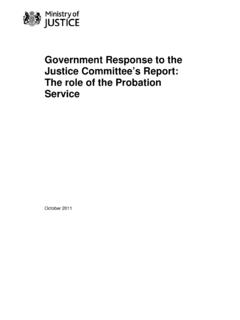








![CONSTITUTIONAL COURT OF SOUTH AFRICA [2011] ZACC 26 ...](/cache/preview/7/3/4/c/f/2/1/e/thumb-734cf21e72e13f5037e72f2a2eaf9f71.jpg)